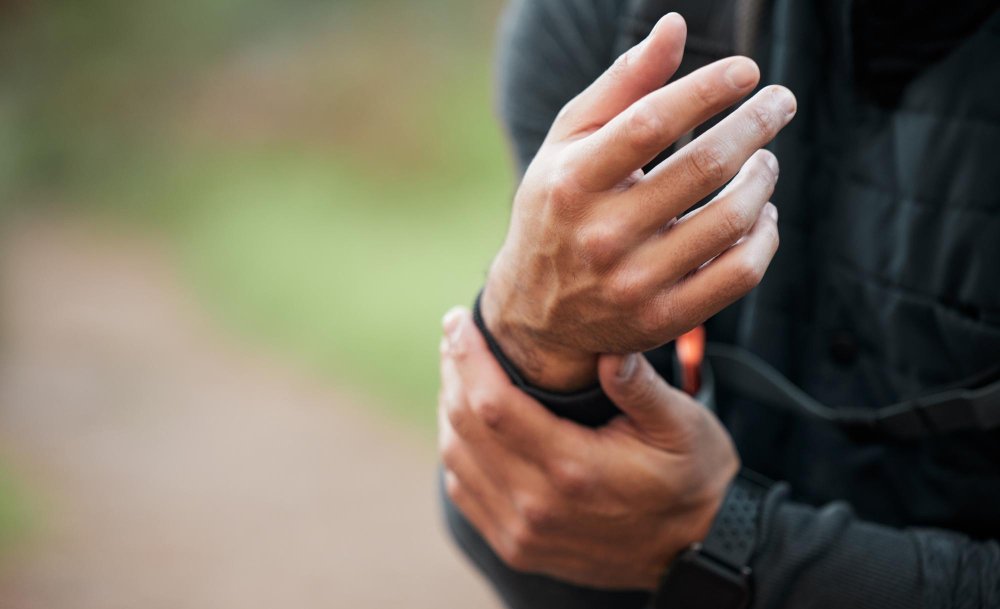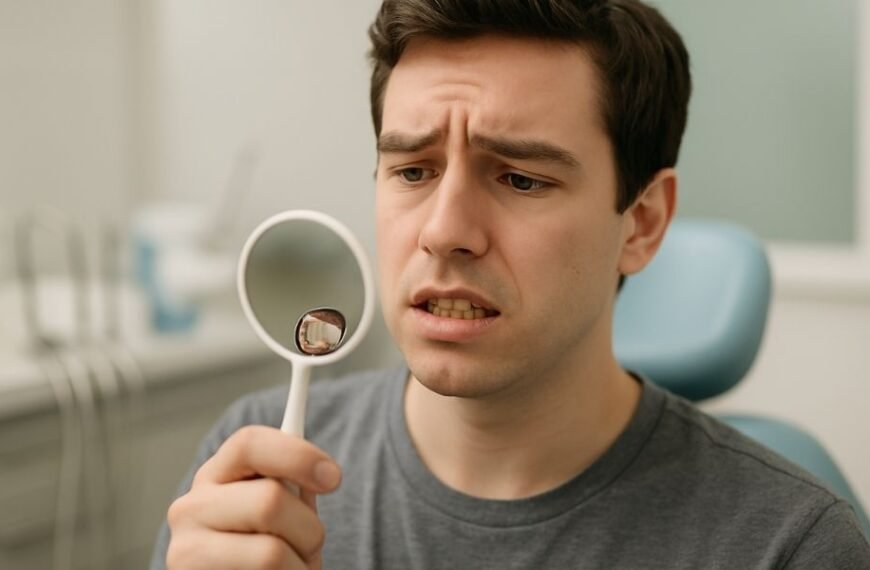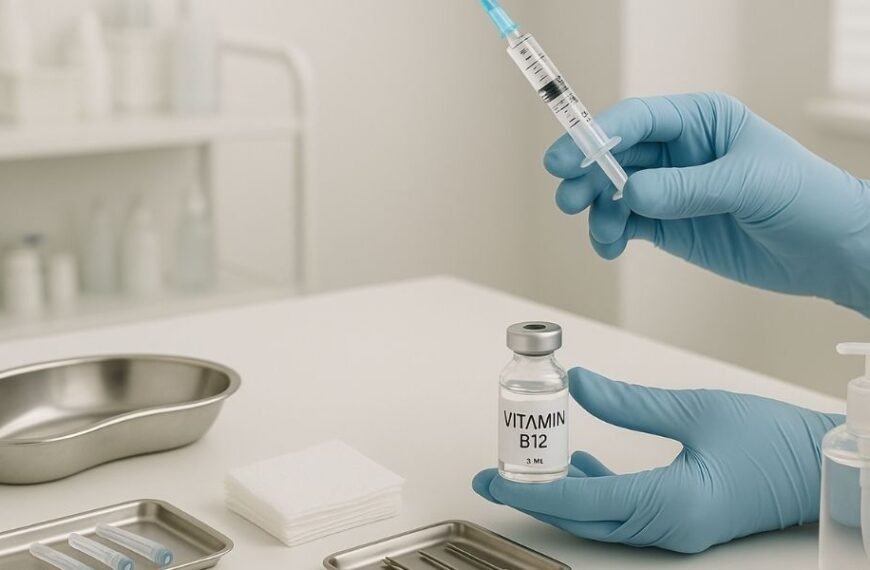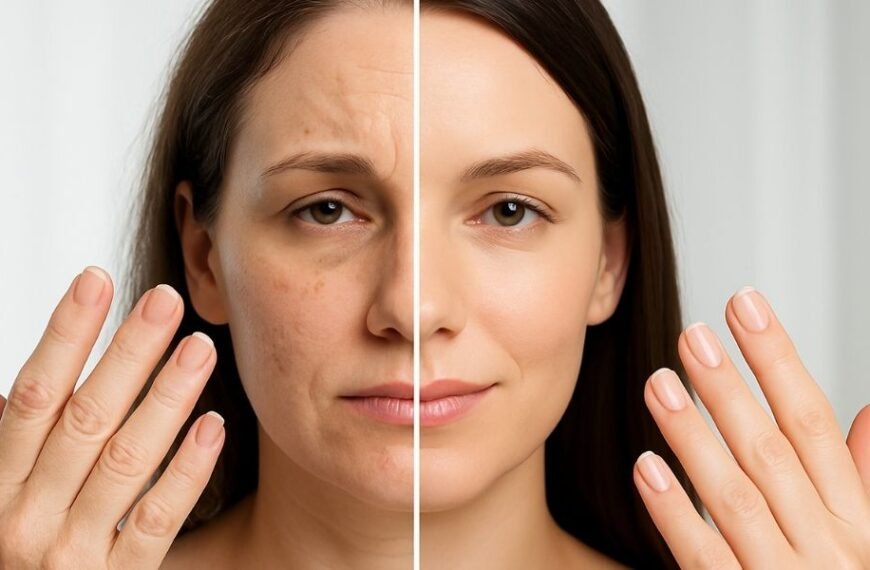Joint pain is an issue that can creep up on you as you move through the dreaded 30s – maybe you’ve even noticed it already. The weird tightness in your shoulders when you reach for a jar on a high shelf, or that dull but annoying pain in your knees that shows up the moment your feet hit the floor in the morning. The thing is, your joints aren’t invincible, and over time, the everyday wear and tear they suffer builds up. Then, one day, your limbs don’t move quite like they used to.
This can, of course, lead into a creeping fear of whether this situation will only get worse with time or if it’s something temporary. Now, whether your joint pain is a symptom of a serious condition or not, ignoring it entirely is never the solution. So keeping that in mind, let us examine the causes of joint pain, the early signs to be on the lookout for, and how to best treat it to keep your mobility intact so you can continue to enjoy a good quality of life as you get older.
What causes joint pain in the first place?
Let’s get the most important thing right out the door – joint pain does not conclusively lead to conditions like arthritis. At the same time, however, you can never truly tell if it’s one thing or the other without help from a medical professional. Hence, why early diagnosis matters. The sooner you know what’s going on, the sooner you can take steps to manage or even slow progression.
If, at present, you find yourself experiencing any of the following symptoms, then consider seeking advice from a medical professional such as a GP or a private rheumatologist and getting a diagnosis:
- Your joint pain is so intense that it stops you from doing normal activities and is affecting your sleep.
- You’ve been experiencing joint pain for more than a week and any home remedy is slow.
- Your joint pain keeps getting worse and/or comes back intermittently.
- Your joints are stiff in the morning, but it eases off after about half an hour.
- Your joint has a bit of swelling, is reddened, or hurts to touch.
Why should you consider seeking medical help?
It’s simple. If your symptoms are getting in the way of you being able to do your daily tasks and are impacting your ability to enjoy life, speaking to a specialist will help you get answers faster. Not only that, with prompt treatment, it’s possible to slow that damage dramatically, preserving joint function and preventing long-term disability. After a few tests and questions about your general lifestyle, they may diagnose you with one of the following common culprits behind joint pain:
Osteoarthritis (OA)
Osteoarthritis is the most common suspect behind chronic joint pain. In fact, nearly 654 million people suffer from joint pain caused by osteoarthritis worldwide. What happens with this condition is that over time, the cartilage that cushions the affected joint(s) wears away, causing your bones to rub directly against each other and resulting in a grinding pain.
Rheumatoid arthritis (RA)
Unlike OA, this one’s an autoimmune issue. Your immune system basically goes rogue and starts attacking your joints and causing inflammation which causes irreversible damage. When that happens, the pain often shows up in both knees or wrists at once, and if left unchecked, it can even cause noticeable joint deformities.
Tendonitis
If you’ve overexerted yourself at the gym or spent a few too many hours typing away at the keyboard, this might be the cause of your joint pain. Tendonitis flares up when the tendons, the tough cords linking muscle to bone, get irritated. The more you try to move, the worse it usually feels.
Gout
Gout is most often experienced in the big toe, thanks to sharp uric acid crystals building up in the joint. It brings with it a kind of pain that is sudden, intense, and can affect other joints too. Gout is usually first detected only when you experience excruciating pain in your toe.
What are some quick relief strategies that you can use today?
Now, whether you’ve been diagnosed with a specific condition or not, if you’re suffering from joint pain, it’s best to not tough it out by simply gritting your teeth. For temporary relief, you can try a few quick fixes to dull or suppress the pain altogether.
Apply cold or heat packs
Cold packs help reduce inflammation and numb the area, making them ideal for fresh flare-ups or visible swelling. Heat therapy, such as warm compresses, heating pads, or even a hot shower, can loosen tight muscles and improve blood circulation, which is especially helpful for stiffness.
Get some gentle movement in
Although it is important to get adequate rest, too much of it can worsen the pain. Gentle movements like joint rotations and stretching can keep the area mobile without aggravating it. Remember, light movement almost always does more good than harm.
Use a brace for compression and support
Wearing a support brace can help stabilise the joint during movement, easing strain and reducing irritation. Compression may also help control swelling, making this especially useful if moving around a lot is a must.
Seek pain relievers
If pain feels a little too difficult to ignore or tolerate, seek over-the-counter anti-inflammatories like ibuprofen as they are your best bet for reducing any level of joint pain and swelling temporarily. Keep in mind, however, that painkillers should always be used sparingly and in instructed dosages only.
How can you help joint pain in the long run?
While the remedies mentioned above can help you get through one day, the pain might return the very next day, and then keep coming back to haunt you. That is why, it is best to consider the bigger picture and make some small, consistent changes that maintain your joints like a well-oiled machine.
Catch the problem early
The best thing you can do for yourself when the pain begins is to get yourself checked out. Never wait for the pain to become unbearable before you take it seriously, long-term relief often starts with not ignoring the early signs.
Lower your weight
If you’re on the heavier side, consider managing your weighty as that can immensely lower the pressure on your hips, knees, and lower back. Having a lower fat percentage in your body can go a long way in keeping your joints healthy.
Move, but move smart
Stay active, but never do more than what you can realistically manage. Engage in low-impact activities like swimming, slow cycling, or even walking to keep your wrists and knees flexible without actively damaging them in the process.
Check the way you sit, stand, and sleep
It may not seem like it, but bad posture is one of the biggest factors behind your bad joint health. If you slouch when sitting or sleep in strange positions, your joints are the first to let you know that something’s wrong.
Watch what’s on your plate
Watching your diet can keep your entire body’s inflammation in check. Adding leafy greens, seafood, berries, and nuts while reducing processed foods, carb-heavy products, and sugar can make all the difference to your body’s gears.
Never dismiss an aching joint
It’s easy to dismiss early joint pain. You might assume it’s weather-related, or just something you did in your sleep. Maybe it is, but if the discomfort is sticking around, or getting worse, it’s worth your attention. You don’t need to panic and rush to the nearest emergency room per se, but you do need a plan. Whether that means a few lifestyle tweaks, a short course of treatment, or seeing a specialist, starting now means staying mobile for the rest of your life. Because remember: the goal is to keep living the life you want, without letting your joints call the shots.









